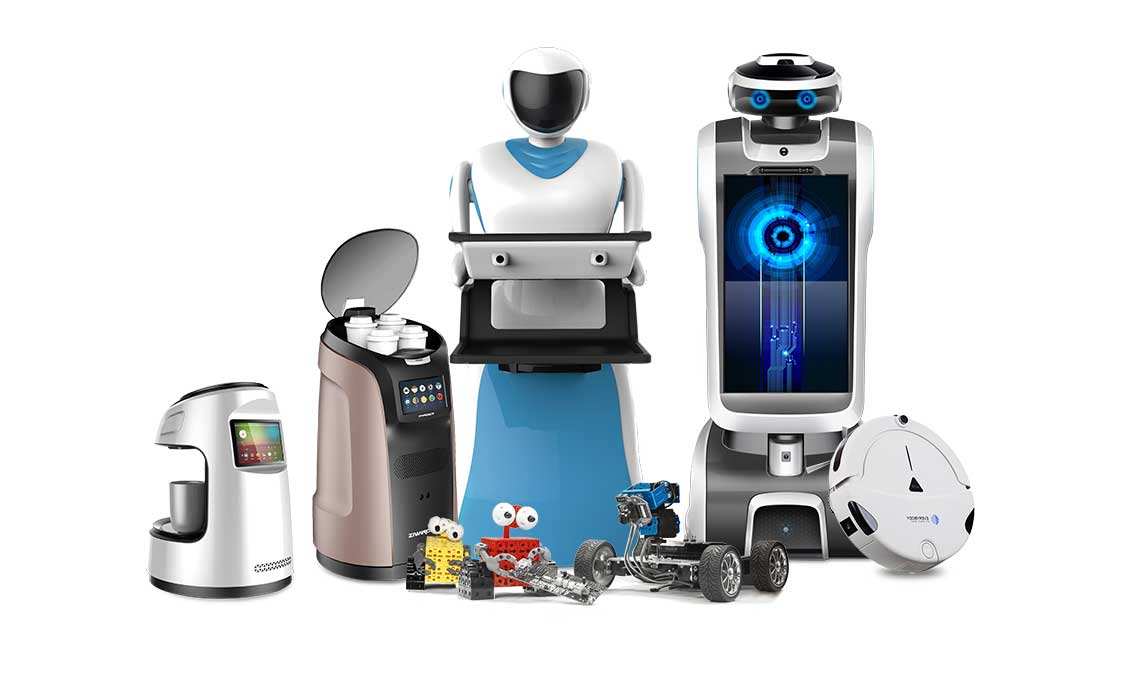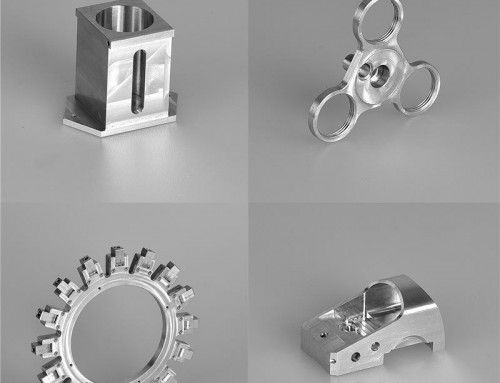Last year, service robots were mostly just a product at the fair, and only a few went into people’s family life. At that time, people saw their first glance, mostly with a surprise “wow” to the opening.
This year, in addition to family, hotels, airports and other scenes also appeared in the service robot figure. At this point, people are mostly accustomed to consulting and other related operations, occasionally or judging an “artificial intelligence barrier.”
For nearly a year, from freshness to accusation, from surprise to occasional frustration, the changes in the service robotics industry are obvious at a relatively shallow level. At a deeper level, what we see is more meaningful changes and upgrades.
Service robots are generally divided into personal / household service robots and professional service robots, if the classification is to be carried out. The former includes the sweeping robots, children’s educational robots and so on that we often see in the family, while the latter is more vertical to the field like Welcome robots, medical robots, security robots and more. With the improved accuracy of artificial intelligence techniques such as speech recognition and computer vision, and their better integration with service robots, every aspect of human life is being “eroded” by service robots. At the same time, this also shows that the service robot in the B-side, C-side market, a large demand and the growth rate. According to relevant statistics, in 2016 China’s service robot market has reached 7.29 billion yuan, a substantial increase of 44.6%.
By 2017, according to Analysys , Analysys released “China’s service robot market trend forecast 2017-2019” shows that China’s service robot market is expected to reach 98.4 billion yuan. At the same time, it is predicted that this figure will reach 15.19 billion yuan in 2019. Break down the service robot species, we can see a more intuitive user demand growth. For example, according to the latest data released by the National Bureau of Statistics, in 2016, the population of 60 and above in China is 230.86 million and the population aged 65 and over is 150.3 million. These figures will only increase this year and will not decrease. From these figures, we see the continuing expansion of the elderly population, and behind them the same demand for medical robots continues to rise.
Last year, under the impetus of AlphaGo, for the first time people really felt the “charm” and “strength” of artificial intelligence technology, and only then did the services robots enter homes, offices, hospitals and other scenes in large numbers. Now, nearly a year has passed. Although service robots have some minor or minor problems in the process, their industrial scale is continuously growing at a steady pace driven by user needs and future trends.





